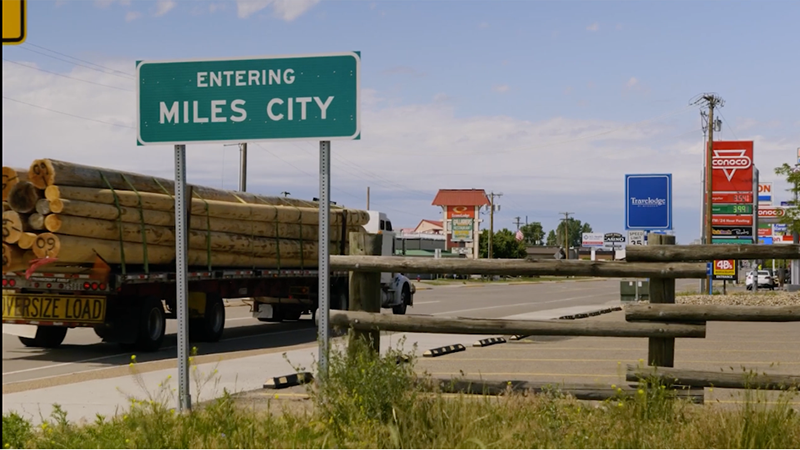Growing up, I always had one goal in mind, a goal I spent every spare moment working towards: going to medical school and returning to my hometown of Sidney, Montana, to provide the best care possible for my community.
I spent most of my childhood, from fourth grade all the way until junior year of high school, in and out of the hospital due to family illnesses. My mother, who has always been my biggest supporter, had to undergo brain surgery. Initially one surgery was planned to remove a benign tumor, but complications that followed led to multiple additional procedures.

Rural communities like Sidney, Montana, are often located hours away from specialized care.
Exploring the hospital in Billings, Montana, where she was receiving treatment created a curiosity in me about the medical system. And seeing how much work went into getting her to a hospital where she could receive treatment made me realize the need for better access to medical care in rural areas like my hometown.
It’s a four-hour drive to get from Sidney to Billings, but this was the only option to access the specialized care she needed. Because of this lengthy commute, there were times my family couldn’t go with her, as we would have had to miss work or school. It wasn’t easy to get my mother the medical care she needed, but my family would do anything to get her back to health, as she is now.
This is often the case for medical care in my community — driving hours across the state, or even out of state, to see specialists.
On top of that, road conditions are unpredictable for almost eight months out of the year, and not everyone has the resources to make that kind of journey. Having experienced this firsthand, I was determined to improve access to medical care in my community should I go into the medical field.
This wasn’t going to be an easy task, especially financially. So as soon as I was able, I took on a variety of jobs to start saving money. From cleaning, to bookkeeping, to farm work, I did it all. Anything that would get me one step closer to my dreams.
I also knew that given how important my community and my family are to me, I wanted to be as close to home as possible. I was thrilled when I found out about UW School of Medicine’s Washington, Wyoming, Alaska, Montana and Idaho (WWAMI) program, which would allow me to stay close to home for much of my education while also training in a variety of medical disciplines across communities in other states.

The Targeted Rural Underserved Track (TRUST) program trains medical students to practice in rural and underserved areas like Miles City, Montana.
I applied to a few medical schools, but the UW School of Medicine was the one I really wanted to go to. Being accepted into the Targeted Rural Underserved Track (TRUST) — a program that prepares students to practice in underserved and rural areas in the WWAMI region — meant I was on track to achieving my goal of providing a better future for my community.
When I found out I was being awarded the H. William Arndt, MD, and Kay M. Arndt Endowed Scholarship Fund, it really felt like the fruits of my labor were here. I would be able to focus on my education rather than worrying about how to pay for it.
Now, I’m on my first stop with the TRUST program, studying family medicine and obstetrics in Miles City, Montana. It’s only a couple hours away from home, which means I can visit my family often.
I’ve been studying under Dr. Kaycee Gardner, who has become an inspiration for me. She never loses her humor or her passion for the work, even when she’s performing a C-section at three in the morning. I’ve helped with 10 deliveries so far, which has been so rewarding.
In October, I’ll head off to Seattle to study pediatrics and psychiatric services. I know it will be a big change of pace, but I’m looking forward to seeing how bigger hospitals operate and what lessons I can bring forward with me in my career.
In 2025, I’m going to Alaska to study surgery and internal medicine. I’ll be able to experience what medical care looks like in other rural areas like mine.
I’m excited for all the education and experiences to come with WWAMI, but I’m looking forward to when I can graduate and head back to eastern Montana.
Medical care isn’t easily accessible where I’m from, partly because doctors will often only spend a couple years there before moving on. I’ve noticed a distrust towards physicians because of this, and I want to be the one to change that.
I’ve chosen to go into family medicine, so I can be a jack-of-all-trades in terms of caring for my patients. I want to provide those in my rural area with medical care they can trust, and reduce the number of times they must drive hours away just to be seen, like my family had to.
My goal is to be a doctor who is there for my community. But most importantly, I want to be a doctor whose patients know I care about them.
As told to Sofi Olliver


